
Trinity College, officially The College of the Holy and Undivided Trinity of Queen Elizabeth near Dublin, is the sole constituent college of the University of Dublin, a research university in Dublin, Ireland. Queen Elizabeth I founded the college in 1592 as "the mother of a university" that was modelled after the collegiate universities of Oxford and Cambridge, but unlike these affiliated institutions, only one college was ever established; as such, the designations "Trinity College" and "University of Dublin" are usually synonymous for practical purposes.

The College Historical Society (CHS) – popularly referred to as The Hist – is a debating society at Trinity College Dublin. It was established within the college in 1770 and was inspired by the club formed by the philosopher Edmund Burke during his own time in Trinity in 1747. It holds the Guinness World Record as the "world's oldest student society".

Dublin 2, also rendered as D2 and D02, is a historic postal district on the southside of Dublin, Ireland. In the 1960s, this central district became a focus for office development. More recently, it became a focus for urban residential development. The district saw some of the heaviest fighting during Ireland's Easter Rising.

Oxmantown was a suburb on the opposite bank of the Liffey from Dublin, in what is now the city's Northside. It was founded in the 12th century by Vikings or "Ostmen" who had migrated out of Dublin after the arrival of the English, and was originally known as Ostmanby or Ostmantown. The removal of the Ostmen from Dublin is often characterised as mass expulsion, but evidence of this is lacking. The settlement was bounded on the east by the lands of St Mary's Abbey and on the west by Oxmantown Green, an extensive common that in time was curtailed to form Smithfield Market. Oxmantown lay within the parish of St Michan's, which was the only church on the Northside until the parishes of St Mary's and St Paul's were formed in 1697 to cater to the district's burgeoning population.

John O'Donovan, from Atateemore, in the parish of Kilcolumb, County Kilkenny, and educated at Hunt's Academy, Waterford, was an Irish language scholar from Ireland.
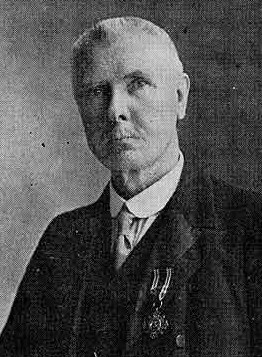
Chevalier William Henry Grattan Flood was a noted Irish author, composer, musicologist and historian. As a writer and ecclesiastical composer, his personal contributions to Irish music produced enduring works, although he is regarded today as controversial due to the inaccuracy of some of his work. As a historian, his output was prolific on topics of local and national historical or biographical interest.
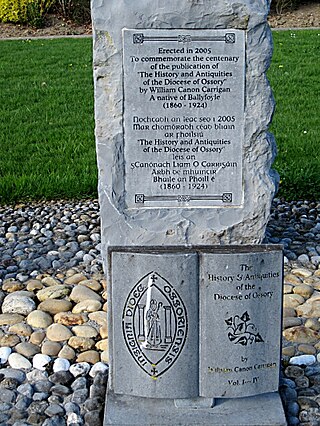
William Carrigan was an Irish Roman Catholic priest and historian, who was appointed canon of the Diocese of Ossory.
Robert Walter Dudley Edwards was an Irish historian.
Nollaig Ó Muraíle is an Irish scholar. He published an acclaimed edition of Dubhaltach Mac Fhirbhisigh's Leabhar na nGenealach in 2004. He was admitted to the Royal Irish Academy in 2009.
Patrick Joseph McCall was an Irish songwriter and poet, known mostly as the author of lyrics for popular ballads. He was assisted in putting the Wexford ballads, dealing with the 1798 Rising, to music by Arthur Warren Darley using traditional Irish airs. His surname is one of the many anglicizations of the Irish surname Mac Cathmhaoil, a family that were chieftains of Kinel Farry in County Tyrone.
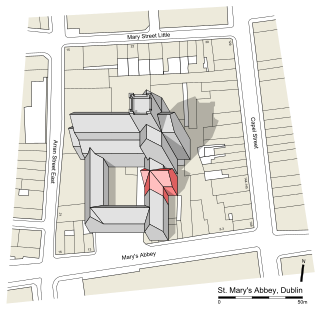
St. Mary's Abbey was a former Cistercian abbey located near the junction of Abbey Street and Capel Street in Dublin, Ireland. Its territory stretched from the district known as Oxmanstown down along the River Liffey until it met the sea. It also owned large estates in other parts of Ireland. It was one of several liberties that existed in Dublin since the arrival of the Anglo-Normans in the 12th century, which gave it jurisdiction over its lands.
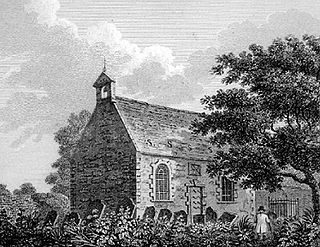
Drumcondra Church of Ireland is a Church of Ireland church located in Drumcondra, Dublin, previously in the Civil Parish of Clonturk. The church and its churchyard contain memorials to a number of notable historical figures.
Jemmett Browne was the Church of Ireland Bishop of Killaloe from 1743 to 1745, Bishop of Dromore for three months in the middle of 1745, Bishop of Cork and Ross from 1745 to 1772, Bishop of Elphin from 1772 to 1775, and finally Archbishop of Tuam from 1775 until his death in 1782.
The Old Dublin Society was founded in 1934. Its mission is to promote the history of Dublin and its citizens.

St. Brendan's Hospital was a psychiatric facility located in the north Dublin suburb of Grangegorman. It formed part of the mental health services of Dublin North East with its catchment area being North West Dublin. It is now the site of a modern mental health facility known as the "Phoenix Care Centre". Since the official opening of the Richmond Lunatic Asylum in 1815 the Grangegorman site has continuously provided institutional facilities for the reception of the mentally ill until the present day. As such the Phoenix Care Centre represents the continuation of the oldest public psychiatric facility in Ireland.

Grangegorman is an inner suburb on the northside of Dublin city, Ireland. The area is administered by Dublin City Council. It was best known for decades as the location of St Brendan's Hospital, which was the main psychiatric hospital serving the greater Dublin region. As of 2020, the area is the subject of a major redevelopment plan, running for more than a decade, under the aegis of the Grangegorman Development Agency, including the new Technological University Dublin campus.

Ballybough Cemetery is a Jewish cemetery in Ballybough, Dublin. Founded in 1718, it is Ireland's oldest Jewish cemetery.
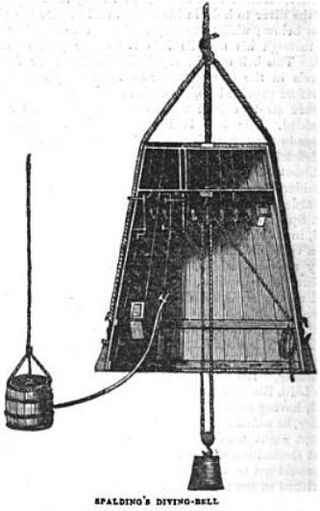
Charles Spalding was an Edinburgh confectioner and amateur engineer who made improvements to the diving bell. He died while diving to the wreck of the Belgioso in Dublin Bay using a diving bell of his own design.

The following is a timeline of the history of the city of Dublin, Ireland.
Loígis is the name of an Irish tribe, as it is called by contemporary scholars. Formerly, scholars generally called the tribe Laoighis or Laeighis in Irish, Lagisia in Latin, and Leix in English. Loígis is also the name of the territory in western Leinster that the tribe settled during the third century AD, and of the minor kingdom that the Loígis chieftains ruled until 1608. County Laois derives its name from Loígis, although the present county encompasses baronies that were not traditionally part of the territory of Loígis.













